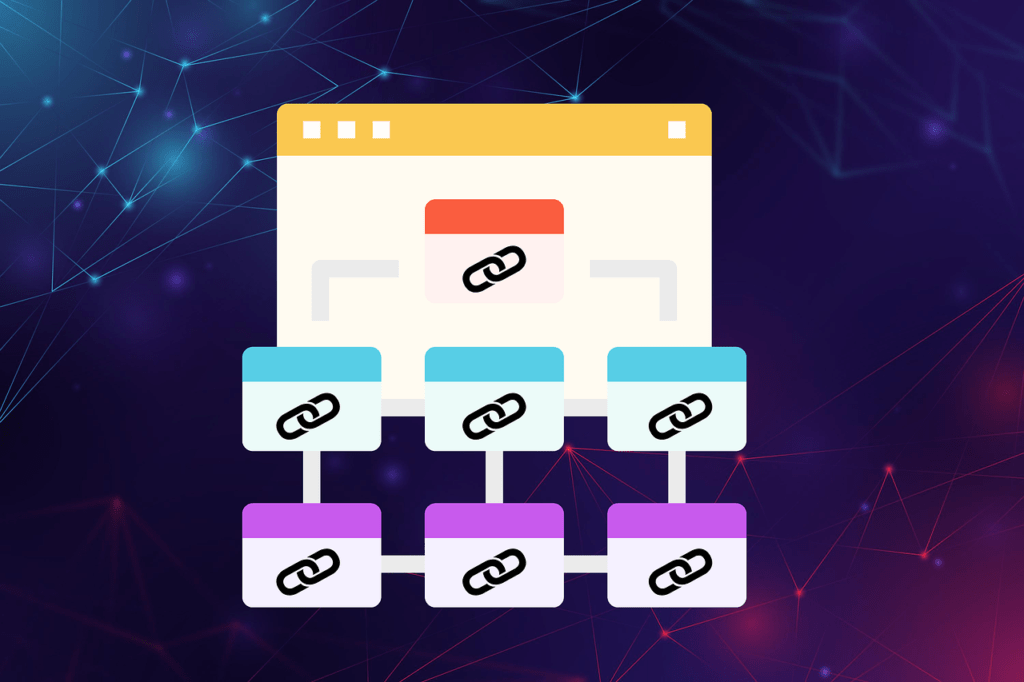
SEO is a highly competitive field in which only high-quality and effective strategies should be used. It is for these reasons that on-page SEO continues to be one of the most effective ways of creating an authoritative website.
In most cases, outbound linking is given much attention, but it is important to note that inbound linking is equally important for the success of your site. Internal links are also useful for SEO as they inform search engines about the structure of your website and for the users as they provide them with directions to other related content.
This logical flow of interconnected pages encourages longer visits, boosts the SEO value of key pages through “link juice,” and ultimately improves search rankings. Understanding why internal linking is key to effective on-page SEO can give your website the boost it needs to stand out in search results.
So, let’s take a deep dive into this topic.
The importance of internal linking on On-Page SEO
On-page SEO is equally important to off-page SEO because when it comes to indexing your content, on-page optimization is used more.
So, with that said, what are the actual reasons why On-page SEO is essential?
Well, let’s have a look.
1. Helps Search Engines Crawl and Index Your Site Efficiently
Crawling and indexing pages is a very crucial step that every site must undergo in order to be ranked on search results. And so, what role do internal links play in the crawling and indexing of web pages?
Internal links serve as pathways that spiders or crawlers (search engine bots) can use to move from one page to another in order to scan and index each page accordingly. And so when you add a new page or a new post to your website, internal links will help search engines discover that page.
Therefore, it is essential that you structure your internal links well to enable easy navigation of crawlers within your site. This will ensure the correct indexing of your content and pages.
Key benefits of internal linking for crawling and indexing include:
| Benefit | Impact On SEO |
| Improves Crawlability | Helps web crawlers to access deep or hidden pages on your website, improving the chances of getting indexed. |
| Establishes Site Hierarchy | It assists search engines in identifying which of the pages are more relevant by developing a hierarchy of navigation patterns. |
| Boosts Indexing Speed | When crawlers are able to locate your pages quickly, they are able to index the pages faster, and thus, new content is displayed in the search results as soon as possible. |
2. Distributes Link Equity (Ranking Power) Across Pages
If you’ve ever had link juice, then this is what I mean. Ranking power of a page can be affected or can affect the other pages.
For example, if a high-ranking and authoritative page links to a low-ranking, less-authority page, the ranking power is passed on. That means that the lower-ranking page will have improved internal linking.
Therefore, distributing internal links will help enhance link equity, boosting lower-ranked pages and your site as a whole.
| Source of Link Equity | Receiving Page (Links to) | SEO Impact |
| Homepage | Category pages | Homepage authority is transferred to subcategory or product pages. |
| High-ranking content page | Less-visited pages | Helps to build up pages that have little chance to gain backlinks but are still valuable for SEO. |
| Blog articles | Key content, i.e., Product or service page | Enhances the ranking and visibility of the important content pieces in the search engines. |
3. Reduces Bounce Rate and Increases Time on Site
Bounce rate is the average time a user spends after visiting your website. This is calculated based on the percentage of users that visit your site and leave after just viewing one page.
To be on the good side, your goal should be to reduce bounce rates and increase session duration. These two metrics are essential in that they signal to search engines that your website is engaging and comprehensive. This is one of the key valuable metrics that search engines use to rank your website.
4. Boosts User Experience and Engagement
User experience isn’t an optimization technique but rather a crucial aspect that is used to determine how valued your page or site is by users.
Let me put it in simple terms:
If someone visits your site and ends up not only staying there for a long time but also navigating through to different pages or posts, then your UX will skyrocket, thus influencing your site’s ranking. And so, one way to improve user experience is by making it easy to navigate from one post or page to another.
Let’s say you’re highlighting 5 effective SEO Techniques that will help rank your site, and you happen to mention Internal linking as one of the ways. You can then add links to another post that has a deeper dive into the topic of internal linking or on-page SEO.
Here is how internal links can improve user engagement:
| UX Factor | Role of Internal Links |
| Ease of Navigation | These links help users to related content, reducing friction and improving time spent on your site. |
| Content Discovery | It allows users to find information that is not available in the main navigation menu, which can be of great importance to them. |
| Lower Bounce Rate | Note: If the users are able to find links to other related pages, they are less likely to leave the site after viewing only one page. |
5. Creates a Clear Content Hierarchy
Content hierarchy is another valuable aspect that will help you improve your on-page SEO. This is something that you can design using internal links.
For example, linking into categories, subcategories, and supporting pages can help create a clear content hierarchy. These links help not only user to navigate through your site but also the search engine as well which is essential in crawling and indexing content
Here is how you can create a clear content hierarchy using internal links:
| Page Type | Internal Linking Strategy |
| Category Pages | Add links to relevant subcategories or individual product pages. |
| Main Content | Add links to the main content from multiple articles or supporting pages, which helps in signaling its importance. |
| Product Pages | Link to FAQs, related products, or reviews to improve relevance and user experience. |
6. Supports Content Clustering and Topical Authority
When you want to build content authority on a specific topic, clustering of content is more than essential – it is necessary.
One way to do this is by using internal links, which help create content clusters by creating a web of related content covering nearly every point related to that niche or topic.
But how does it boost topical authority?
Well, it is simple. Having a web of content will signal to search engines that your website provides comprehensive content.
To Wrap It Up
Search engine rankings and user experience are the two most valuable metrics that are influenced by on-page SEO, which can be improved by internal linking. This is why it is crucial to use as many relevant internal links as possible only where applicable.
As noted, internal links play a huge role in the performance of your website due to their ability to enable accessibility via crawling and users navigating through your site. So, ensure you focus on building valuable internal links to boost your site’s ranking.

0 Comments